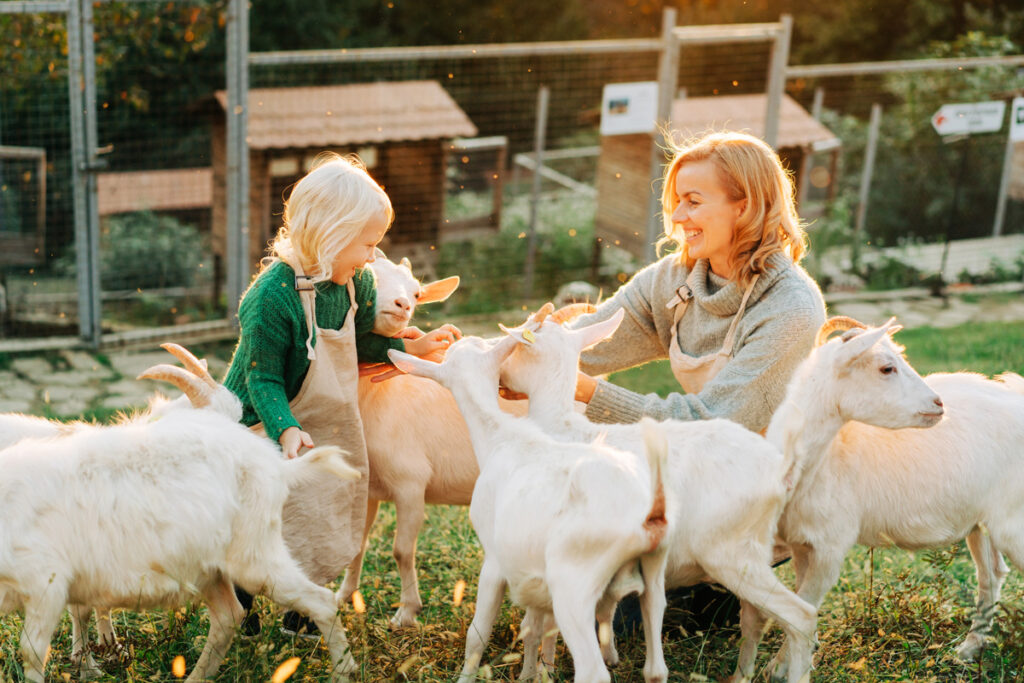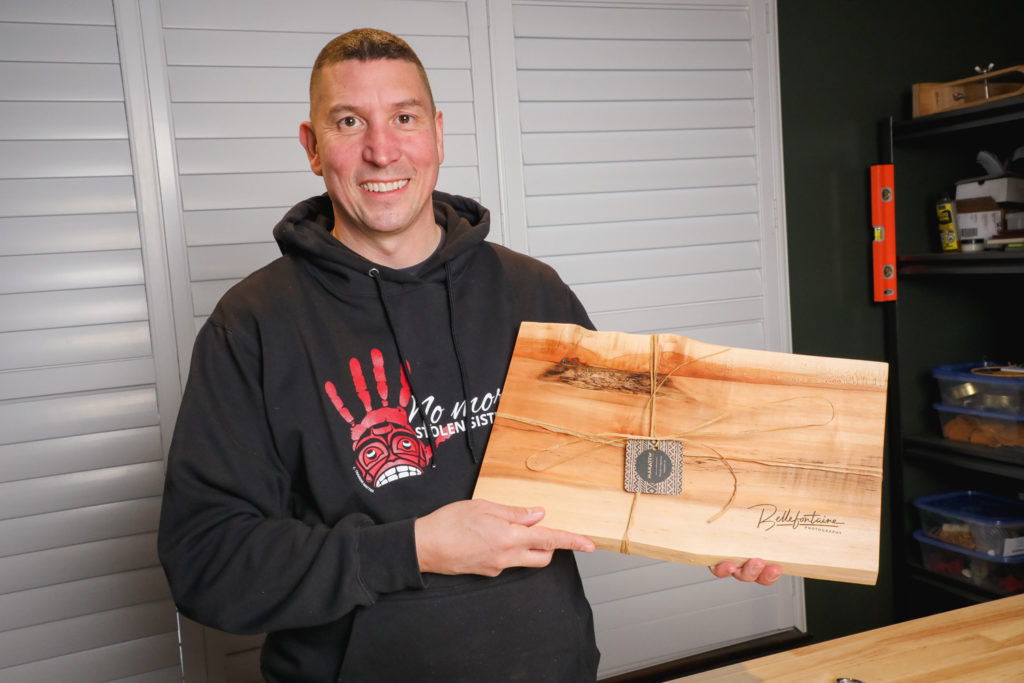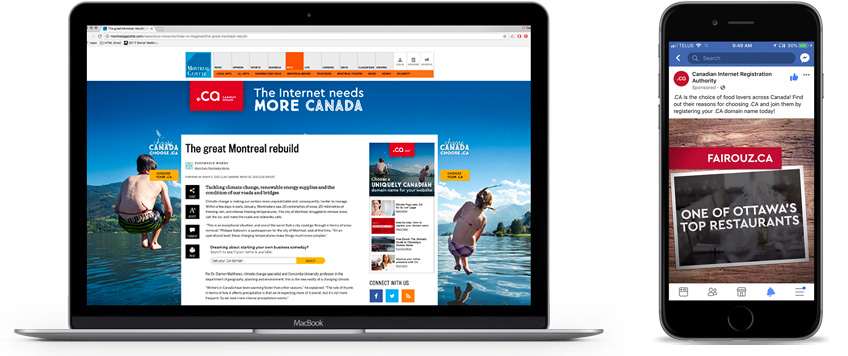Place Marketing 101: A DMO’s Field Guide to Niching
There’s a saying in marketing: “The riches are in the niches.”
It suggests there’s more worth in marketing a specific product or service to a specific audience. Not one size fits all—fit just for them. It’s about resonance.
How does it apply to tourism?
There are millions of tourists in the world and millions of places they can visit. Why choose one destination over another?
Art and culture, outdoor adventure, food and drink. Travellers pick destinations based on personal interests. It’s no different from choosing which brands you’re loyal to or which businesses you partner with. It’s an alignment of values.
“People like us do things like this.”
Seth Godin, award-winning author and marketer
Niching is tied to your brand narrative—the distillation of a place and its people. It’s how tourism brands and destination marketing organizations (DMO) say “people like you visit destinations like this.”
Niching sets the stage for discovery.
Cultivating your brand story
You can’t choose a niche without knowing the story. Fortunately, you don’t have to make it up or write it yourself. Only uncover what already exists.
A compelling narrative is based on truths. Not some lofty mission statement cooked up in a boardroom. It communicates the real identity of your destination and promotes what it offers. Not what you wish it offered or want people to think it offers.
It’s how you strategically position your destination in travellers’ minds. How you paint a clear picture of the place.
- Engage stakeholders and partners, community organizations and local businesses, resident groups and associations.
- Leverage marketing intelligence and consumer research through your municipal, regional, provincial, and national tourism associations and activity/sector based organizations (e.g. Destination Ontario).
- Gather first- and third-party data on travel behaviour over time—look for broad based trends in lifestyle, media habits, and consumer product consumption.
Find the common threads and stitch them together. That’s how you reveal your brand story—through real truths of your destination.
Once you have clarity, it’s time to consider your niche marketing strategy.
Go wide or dig deep
There are two main ways to niche: horizontally and vertically.
Horizontal niching is when you market a broad range of attractions or experiences to a specific audience.
Consider travellers searching for family-friendly vacations. This niche isn’t focused on one type of travel experience but rather a destination with a wide range of attractions and activities. A place suitable for families that has something for everybody.
Vertical niching is when you cater to individual interests or passions, targeting a specific traveller type with a deep, narrow focus.
Think adventure travellers. They aren’t looking for a well-rounded family trip. They crave thrilling outdoor experiences—helicopter tours, white-water rafting, skiing, and snowboarding. They seek destinations rich with adventurous experiences.
- Niche based on primary experience; all-age entertainment, agritourism, culture and heritage, wilderness and wanderlust.
- Niche based on traveller type; families, foodies, history buffs, nature lovers, and art addicts.
Which method to pick, do you go wide or dig deep?
Why not do both?

The strategy: seed by seed
There are dozens of ways to niche your destination and the variables at play are vast.
Each scenario is unique to your tourism brand or DMO. Be sure to explore the positives and potential negatives before choosing how to niche your destination and which type of traveller to target.
Five benefits of being niche
- When you focus on a specific niche, you foster a strong brand identity. It helps you craft more resonate messaging, visuals, and experiences for travellers.
- A tailored experience creates loyalty. Niching offers the opportunity to turn travellers into brand advocates and increase organic reach.
- Niching amplifies marketing and advertising. Travellers are more likely to engage with content and offerings catered to their interests.
- Better return on investment (ROI). Marketing efforts become more efficient when you target a specific audience with a specific offer.
- Niching leads to a powerful media strategy. Whether it’s digital or traditional, targeting a specific audience or interest helps you select appropriate channels to maximize your ROI.
Five limits of being too niche
- A niche audience might be too small or a primary experience might be seasonal. Both pose a challenge to achieving high visitor numbers and multi-season visits.
- Saturation and overtourism. Your unique positioning is at risk the more popular a niche becomes and your destination’s resources are in danger the more they are exploited.
- Niche preferences change over time. The more pigeonholed your destination, the harder it is to adapt to market fluctuations and evolving traveller trends.
- A significant investment is needed for diversification when you’re tied to a single niche—resources and upfront costs are needed to create new experiences, hire and train staff, and update infrastructure.
- All your eggs are in one basket. Relying on a specific niche can narrow market growth, making your destination vulnerable during economic downturns, global pandemics, and shifts in consumer behaviour.
So, what’s the strategy? How do you boost the benefits and limit the limitations?
Start with the traveller
Audience insights are at the core of an effective niching strategy. The more you individualize the traveller you want to attract, the stronger you can position your destination’s offerings. Think person, not persona.
- Go beyond demographics and get granular with psychographics;
- delve into the nuances, the individual likes and dislikes; and
- unearth the passions, preferences, and aspirations of the ideal visitor.
Then branch out. Draw parallels between distinct traveller segments and design tailor-made strategies for each. From allocating resources and creating content to nurturing trust and gaining loyalty.
Tourism is constantly evolving. Which is why a tight connection with operators and local businesses is critical. Ideate together, share trends and customer reviews. Stay current with your audience’s behaviour and take advantage of each other’s resources and insights.
This is how you craft bespoke experiences, and ultimately, pinpoint niche opportunities.

The three step niching process
Step one: establish a singular, solid brand platform.
Lean on your brand story here, and your strongest, most sustainable offering(s). Develop a strategy based on research to attract the traveller types most interested in your primary narrative.
Step two: identify niches—the horizontals and verticals—to strengthen messaging and diversify.
Take Las Vegas, for example, the entertainment capital of the world. It’s not just for bachelor parties and girls’ weekends. Think of all the family-friendly attractions and activities, world-class golf experiences, global brand shopping, proximity to the Grand Canyon—all the different traveller types that Las Vegas can attract.
Or the city of Kingston. The brand’s niche is more about its youthful personality, connecting the vibe of the place to the people it vibes with most. That means different things to different audiences; culinary, arts, music, outdoor. (For a deep dive into the strategy, check out the case study.)
Step three: let the niche guide your content marketing and media strategies. Once you identify the traveller types you want to attract:
- engage each niche with personalized content in the way they consume it (video, audio, text);
- refine your targeting with digital and offline advertising tactics, social media, and interest-based mediums; and
- monitor your analytics to strengthen communications and retarget travellers with catered offers and experiences.
Ultimately, defining your niche strategy leads to more effective campaigns. It’s how you connect with diverse traveller interests in an authentic way—and how you get the most out of your budget.
Your niche, their trip
Niching has its advantages, but preferences do evolve.
Find balance between catering to a specific market segment and welcoming a broader audience. Stay true to your destination’s core identity, while staying nimble enough to adapt as trends and behaviours change.
Remember, choosing a niche isn’t just about finding a corner of the market. It’s not just about segmentation, either. It’s about resonating with the right type of traveller, helping them choose the right destination—a place fit just for them.
Need help with your niching strategy?
More than 20 years’ experience in place branding, marketing, and strategy is a connection away. Contact Alphabet®’ today.




